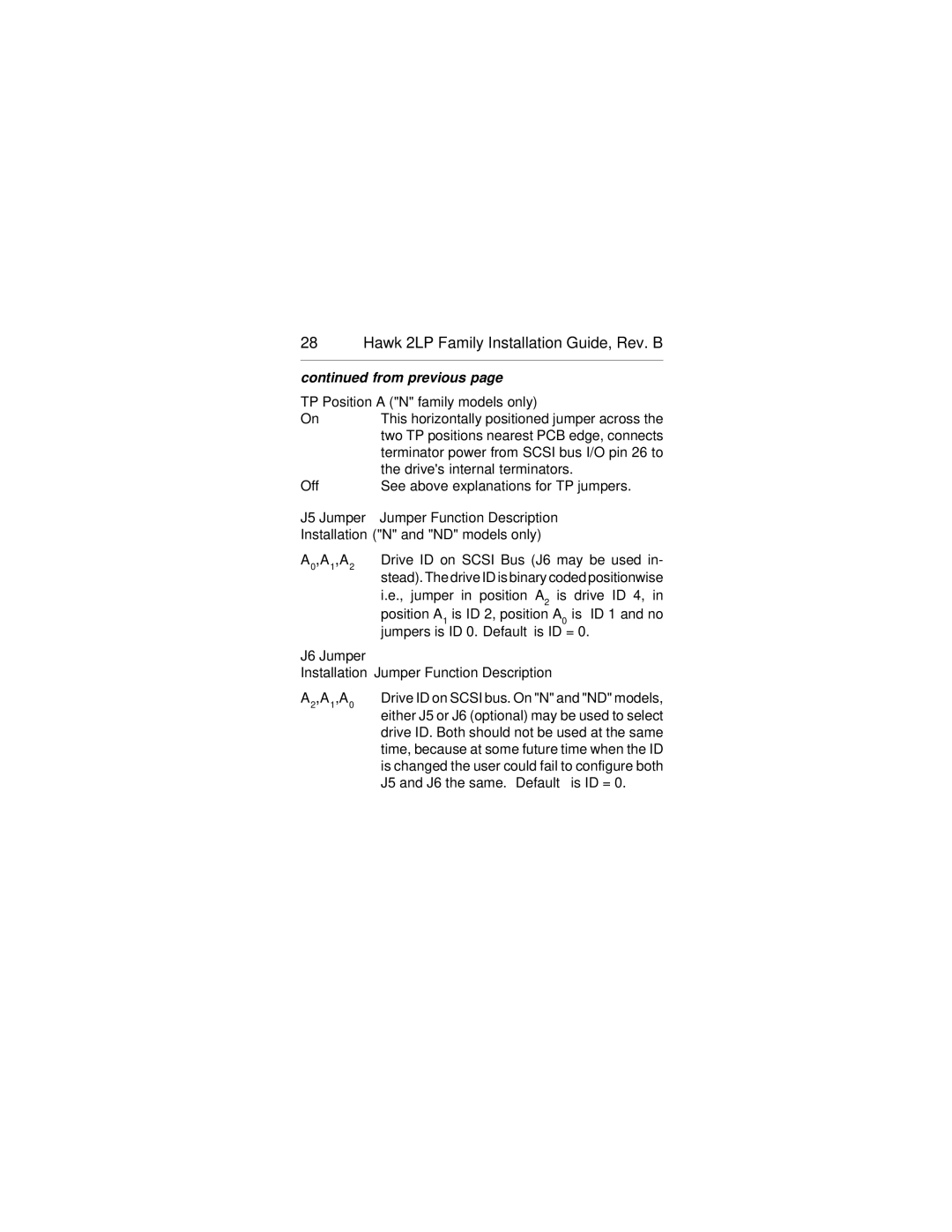ST31230N/ND, ST32430N/ND specifications
The Seagate ST31230N/ND and ST32430N/ND hard drives were integral components of the data storage landscape during their time, showcasing the innovation of Seagate in the field of magnetic storage technology. Both models offered capacities suitable for various applications, catering primarily to enterprise environments that required reliability and performance.The ST31230N/ND, with a storage capacity of 1.2 GB, was designed to serve as an effective solution for desktop systems and entry-level servers. Its counterpart, the ST32430N/ND, boasted a larger capacity of 2.4 GB, making it better suited for more demanding applications. These drives utilized the SCSI interface, making them compatible with many workstations and server architectures of that era, ensuring dependable connectivity and data transfer.
One of the standout features of these drives was their design, which included advanced error correction mechanisms to enhance data integrity. The usage of error-correcting code (ECC) helped in detecting and correcting inconsistencies, which was particularly critical for mission-critical applications. Coupling this with a rotational speed of 5400 RPM, the ST31230N/ND and ST32430N/ND were capable of delivering respectable data access speeds, significantly improving the performance of systems they were integrated into.
Both drives incorporated Seagate's breakthrough technologies such as SoftSector®, which allowed for more efficient data storage and retrieval. Moreover, these drives were designed with thermal management features that minimized overheating risks, thus ensuring longevity and consistent performance over time.
The ST31230N/ND and ST32430N/ND also provided substantial scalability options for users looking to expand their storage capabilities without overhauling their entire systems. This flexibility made them excellent choices for businesses looking to grow their IT infrastructure while ensuring that their investments in storage technology were future-proof.
In conclusion, the Seagate ST31230N/ND and ST32430N/ND hard drives represented a significant advancement in storage technology during their time. With their reliable performance, improved data integrity, and compatibility with various systems, these drives have left a lasting legacy in the realm of data storage solutions.
